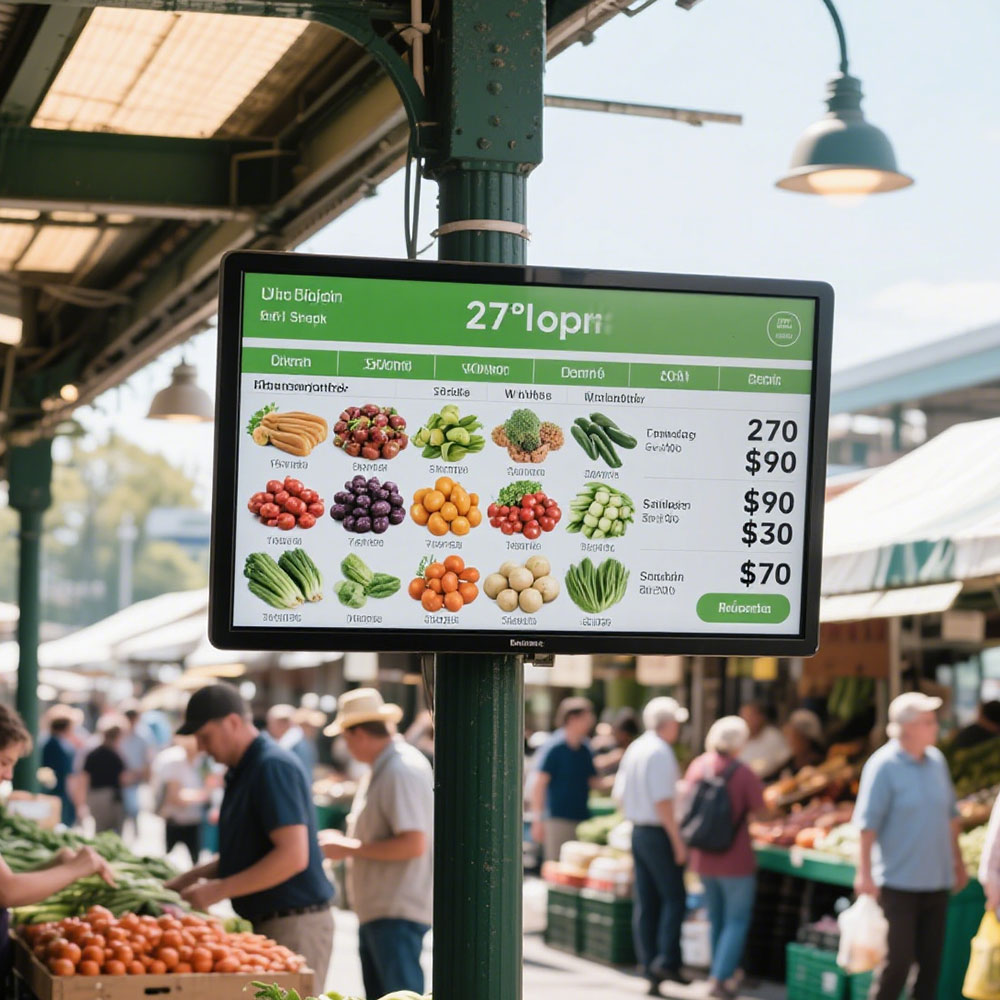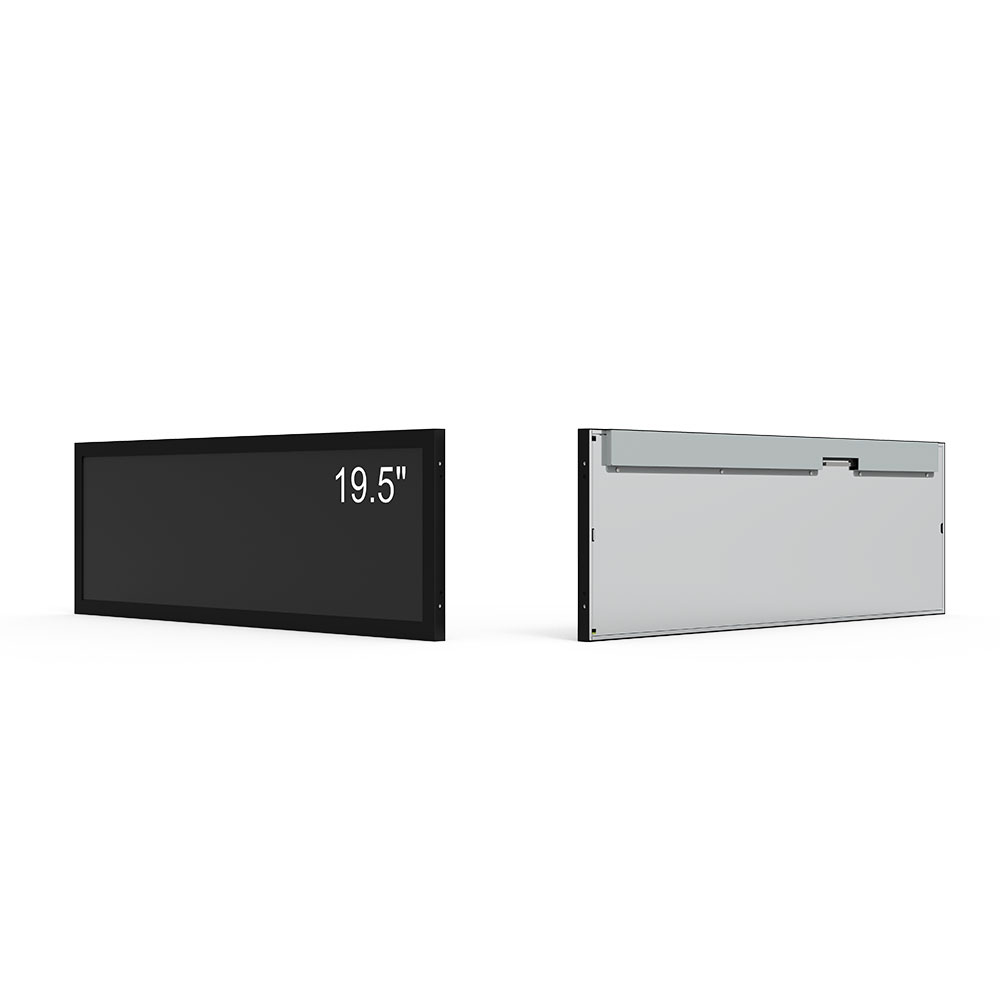When selecting an outdoor LCD screen for commercial, industrial, or public use, it's critical to prioritize both visibility under varying lighting conditions and long-term durability in harsh environments. The most effective outdoor LCD screens are engineered with high brightness levels—typically 5,000 to 10,000 nits—to ensure readability even in direct sunlight. According to the Society of Information Display (SID), ambient light exposure can reduce screen contrast by up to 70%, making brightness a non-negotiable factor for outdoor applications.
In addition to brightness, consider the screen’s luminance uniformity and viewing angle. A wide viewing angle (160°–178°) ensures consistent image quality from multiple positions—a must for digital signage in busy urban areas or retail environments. For instance, a case study by LG Electronics demonstrated that a 178° viewing angle reduced customer complaints about distorted images by 42% in a high-traffic shopping mall installation.
Environmental resilience is equally crucial. Look for IP65 or higher ratings for dust and water resistance, especially in coastal or industrial zones where salt, humidity, and particulate matter can degrade components over time. The IEC 60529 standard defines these ratings clearly, and compliance should be verified through third-party testing reports. Additionally, thermal management systems—such as passive heat sinks or active cooling fans—are essential to maintain optimal operating temperatures between -20°C and +60°C, per ANSI/IES RP-10-17 guidelines.
Frame materials matter too. Aluminum extrusion frames offer superior corrosion resistance compared to plastic alternatives, particularly in regions with high UV exposure. A 2023 field test by Sharp Corporation showed aluminum-framed units retained 95% of their original brightness after 18 months of continuous operation in Arizona’s desert climate, while plastic-framed units degraded to 78%.

Finally, integrate smart features like automatic brightness adjustment via ambient light sensors and remote diagnostics via Ethernet or cellular connectivity. These features not only improve energy efficiency but also reduce maintenance costs—a key ROI consideration for property managers and city planners.
By aligning technical specifications with real-world performance data and industry standards, businesses can deploy outdoor LCD screens that deliver reliable, high-impact visual communication year-round.








